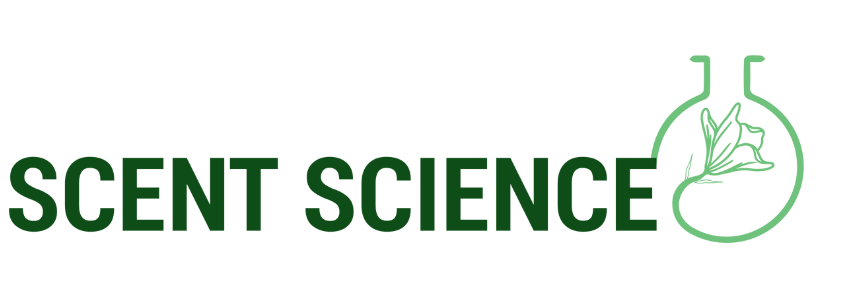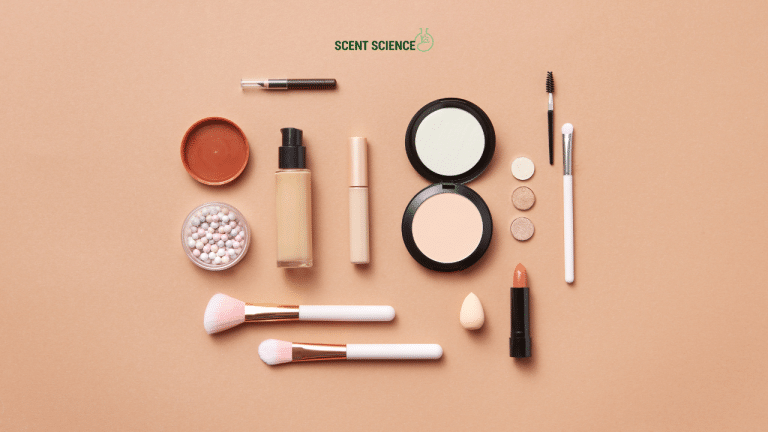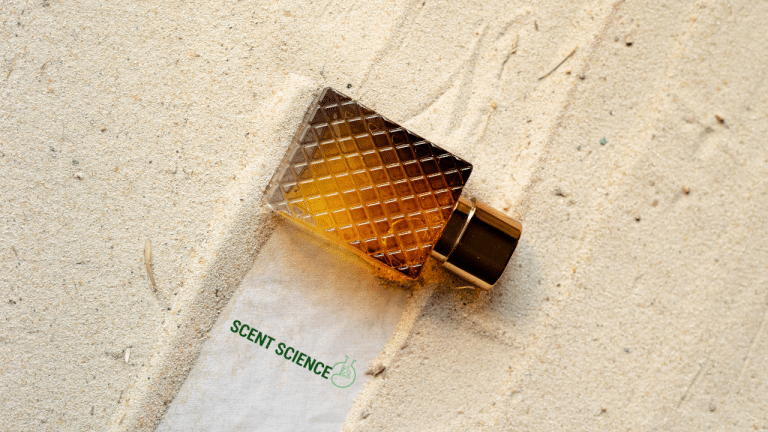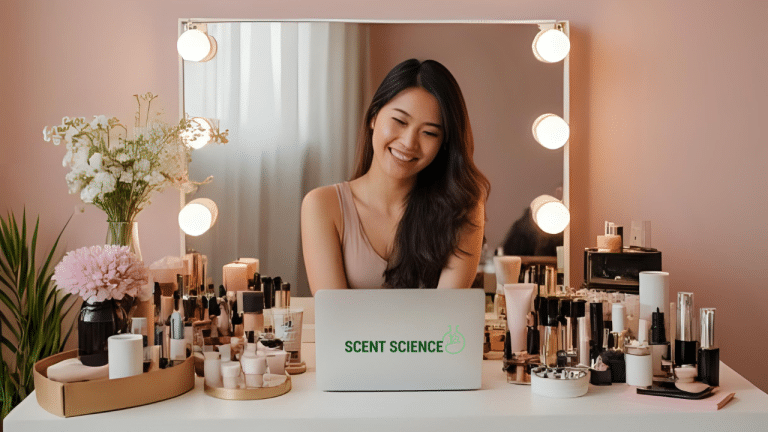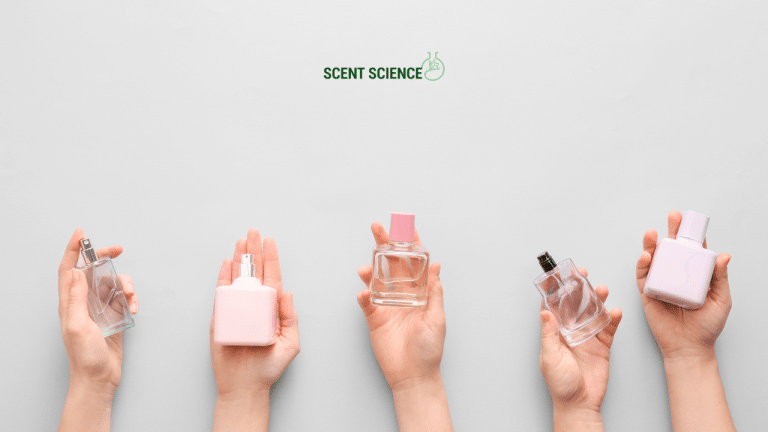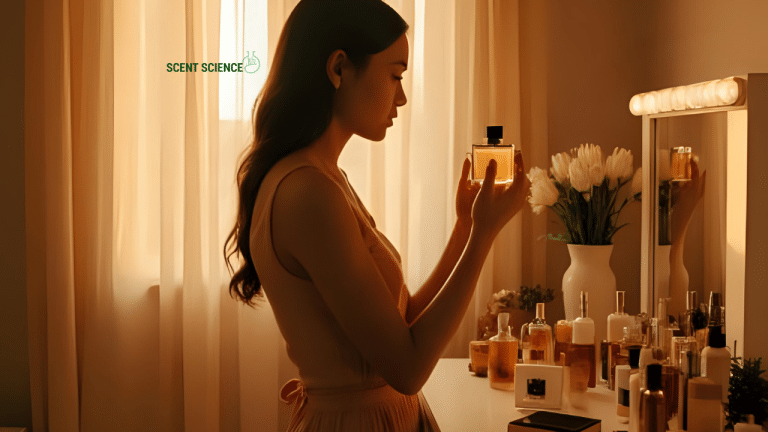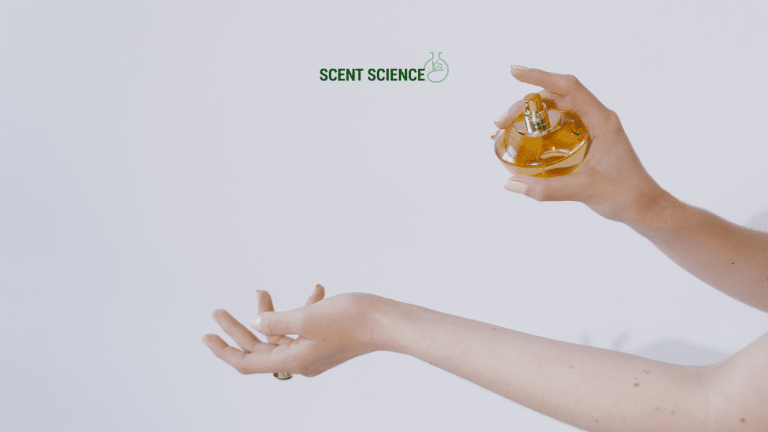In the dance of senses that define our world, there is one often understated yet profound conduit of experience—scent. Imagine walking through a field of lavender, each gust of wind carrying a bouquet of its fragrance to you, unearthing a long-forgotten summer or a cherished moment. For much of my life, I failed to appreciate this subtle trigger. However, a serendipitous encounter with a particular fragrance not only reignited past memories but also illuminated an emotional journey crucial to my personal growth. 🚶♂️💭
I am no stranger to nostalgia-inducing experiences. As someone keenly interested in emotional wellness, I recognize how our senses intricately weave into the fabric of our memories. But the power of scent—a complex, enigmatic force capable of both soothing and evoking change—remained a mystery until that fateful day. Through exploring scent memory, I embarked on an odyssey of discovery leading to profound self-awareness and emotional maturity.
—
Table of Contents
ToggleThe Science of Scent: Bridging Memory and Emotion
To truly appreciate fragrance’s role in memory, it’s essential to understand the scientific basis behind it. When you encounter a smell, your olfactory receptors pick up molecules that send signals to the brain’s olfactory bulb. This bulb exists alongside the limbic system, which is intimately tied to emotions and memory. 🎯
This unique neural positioning explains why scent can trigger instantaneous emotional responses, linking aromas directly to memories more vividly than any other sense. Research shows that odors are the most potent catalysts for memory retrieval, enhancing recall in surprising ways.
Taking a moment here to reflect—how often has a whiff of something familiar transported you across time, leaving you momentarily still in both mind and heart?
🧠 **IQ Boost:** The power of scents is such that they can influence behavior, emotions, and even cognitive assessments. Companies leverage this by infusing their stores with certain fragrances—a method known as scent branding—to conjure favorable shopping experiences.
A Deep Dive into Scent Memory and Its Emotional Impact

My awareness of scent memory’s staggering potential began on a sunny afternoon. I stumbled upon a fragrance that echoed the joyful simplicity of a childhood long tucked away in my subconscious. Unlike static photographs or fading letters, this olfactory experience came alive—every detail clear and pivoting. 📷
Personal Experience: The Memory Latch
Imagine stumbling upon a box of vintage accessories, each piece embedded with the memories of a past era. As I explored these scents, it unfurled a vivid tapestry of forgotten laughter and quiet introspection. That mysterious power lay not merely in recognizing an aroma, but in engaging with its resonance—a sense anchor drawing forth visceral emotions from the depths of time.
**Practical Tip: Creating Your Own Scent Arsenal** Consider surrounding yourself with personal fragrances that evoke positive memories or uplift your spirits. Experiment with essential oils like lavender for calmness or lemon for a boost of energy.
Awakening Emotional Intelligence
Remembrance begun with fragrance often seeps into broader emotional awareness. As scents share space in relevant memory compartments, they unlock layers of emotional intelligence, urging us to explore differing facets of emotional complexity.
**Example:** By aligning sandalwood with peace and meditation, one can reinforce focused calm, encouraging contemplation and emotional alignment.
🌿 **Do This:** Incorporate scents into emotional routine practices, like meditation or mindfulness, to reinforce positive psychological states. 🚫 **Not That:** Avoid overwhelming fragrance infusions that can trigger sensory overload and stress.
Psychological Console: Scent as Healing
Pioneering surgeon and author Jean-Pierre Barral once quipped that “when you smell a perfume, you believe you could be everything.” More than just literary flourish, fragrances authentically compose narratives—stories which can forge healing pathways.
Therapeutic Potential

*Nostalgic fragrances* can serve as mental balm for the heartaches of today. Imagine being greeted by the familiar embrace of home when faced with loneliness afar or tapping into your grandmother’s kitchen’s comforting smells during times of distress. Numerous studies validate that strategic olfactory therapy supports emotional well-being. 🛌
Think essential oils! Therapeutic scents like chamomile and jasmine affect not just moods, but physiological responses relating to stress and anxiety reduction as well.
Emotional Balancer
Enter a day in my story—a complicated mix of excitement and hesitation overshadowed my decision about a career shift. Seeking clarity, I turned to scents that I associated with strength and adventure. Whether sourcing an inner valiance through cedarwood or awakening courage enveloped in musk, each scent aligned paths to inner clarity.
Seeking Ungarnished Emotional Truths
May I shift focus to the heart, where scents appear to adeptly unravel truths within emotional challenges? Through exploring broader scent associations, habitual preservation from chaos becomes more manageable.
**Real World Scenario: Dealing with Transition Anxiety** Those grappling with transition anxieties can find refuge in earthy and grounding fragrances. Think vetiver or patchouli, creating a sense of stability amidst upheaval.
**Expert Advice:** Dr. Rachel Herzog, leading aromatherapy researcher, suggests introducing multi-layered scent environments to cater to various emotional needs during transitional phases 👩⚕️.
Your Scent Narrative: Cultivating Emotional Resilience
I credit much of my emotional resilience development to fragrances that peppered my journey, carving paths towards introspection, acceptance, or anticipation. Cultivating varying scent profiles can help shape your perceptions uniquely and effectively.
Beyond being mere tools of nostalgia or channels for memories, consistent scent exposure fosters well-rounded, self-aware emotional health.

Creating Your Personal Scent Library
Begin by identifying key life moment fragrances—those you recall vividly and fondly:
- 🌼 **Jasmine and lavender: early morning blooms in maternal gardens.
- 📚 **Leather and vanilla essence: library visits with childhood companions.
- 🍂 **Pine and mossy woods: autumnal forest adventures, invoking familial bonds.
Organize these as your *scent library*, serving as emotive triggers for your emotional and mental fortitude.
**Application Example**: To evoke creativity, consider combining a splash of citrus with whispers of spicy cardamom and ginger to stimulate your surroundings and keep the imaginative corners bustling.
Embracing Emotional Wellness Through Scent Memory
In understanding the vast tapestry of emotion, scent memory remains intricately interwoven within the human experience, symbolizing a milestone along the journey toward emotional awakening.
By embracing aromatic tools, you pave paths to a deeper self-understanding—where nostalgia isn’t just a dreamy illusion of the past but becomes a pioneer in your journey to achieving lasting emotional wellness.
—
In an age where instant gratification often usurps profound exploration, recognizing the value of scented sentimentalities—of carving joy from resonant fragrances—transcends traditional memory boundaries. Instead, be it the comforting echoes of vanilla or florals’ refreshing cadence, scents channel a sublime invocation for lost inheritances just awaiting renewal.
📌 Let this anthology cajole your aromatic consciousness; let an awareness forged by fragrance take strides towards a continuously evolving personal awakening. After all, at its heart, emotional resilience champions not just what’s past but the fragrant embers fostering perpetual transformation. Wherever you begin, embrace scent memories as your guide through life’s vast sensory tapestry, some moments vivid and others waiting to be lovingly reawakened.
Frequently Asked Questions
What are the benefits of using a hair mask in my hair care routine?
Using a hair mask can provide several benefits, including hydration, smoothing, strengthening, curl definition, heat protection, and damage repair. Hair masks infuse the hair with moisture, help coat the hair shaft to seal split ends, reduce breakage, and protect the hair from heat styling and environmental damage[1][4].
What ingredients should I look for in a hair mask?
Effective hair masks often include ingredients such as coconut oil, argan oil, shea butter, honey, avocado oil, green tea, and coconut water. These ingredients provide nourishment, moisturize, and protect the hair, offering benefits like softening, moisturizing, and protecting against damage[2][5].
How often should I use a hair mask in my routine?
You should use a hair mask whenever your hair feels dry, unmanageable, or in need of intense hydration. This can vary depending on your hair type and needs, but generally, using a hair mask once or twice a week can help maintain healthy and moisturized hair[1][4].
How do I apply a hair mask for the best results?
To apply a hair mask effectively, shampoo your hair first, then apply the mask, focusing especially on the ends where hair tends to be the most damaged. Leave the mask on for anywhere from 10 minutes to overnight, depending on the type of mask and your hair’s needs[1][4].
References
